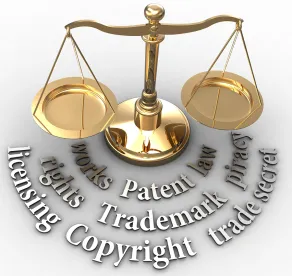A recent Federal Circuit case, ABS Global, Inc., v. Cytonome/ST, LLC, answered the interesting question of whether a patentee’s infringement disclaimer can moot a challenger’s appeal of an inter partes review (“IPR”) decision.
In this case, ABS Global (“ABS”) appealed an IPR decision which found certain claims of Cytonome’s patent (“the ’161 patent”) valid. Importantly, this appeal was filed after a district court found that ABS had not infringed the ’161 patent.
Under this procedural posture, Cytonome raised a novel question to the Federal Circuit. In its response brief to ABS’s appeal of the IPR decision, Cytonome submitted an affidavit stating the following: “Cytonome has elected not to pursue an appeal of the district court’s finding of non-infringement . . . and hereby disclaims such an appeal.” (emphasis added). Cytonome then argued ABS’s appeal should be dismissed because ABS lacked standing in light of the disclaimer.[1]
While the Federal Circuit was amenable to Cytonome’s standing argument[2], it found that mootness was the proper framework to assess justiciability under the circumstances. It ultimately found that appeal of the IPR decision was moot because (1) Cytonome’s decision to disclaim its right to appeal the district court’s finding of non-infringement estopped it from enforcing the ’161 patent against ABS’s current products; and (2) ABS failed to present evidence that it had concrete plans to develop future products that might infringe the ’161 patent. The Federal Circuit then dismissed ABS’s appeal as moot, cementing Cytonome’s IPR victory.
In light of this precedential decision, parties to an IPR should be aware that an infringement disclaimer in a parallel district court proceeding may be used to moot an appeal of an IPR decision.
Theodore Mayer contributed to this article.
FOOTNOTES
[1] In other words, Cytonome argued that ABS could not articulate the specific injury in fact required to meet the standing requirement because ABS was no longer at risk of infringing the ’161 patent.
[2] Specifically the Federal Circuit found that “ABS’s evidence of injury falls far short even of the evidence we have held insufficient to establish injury in fact to support standing.”



 />i
/>i

